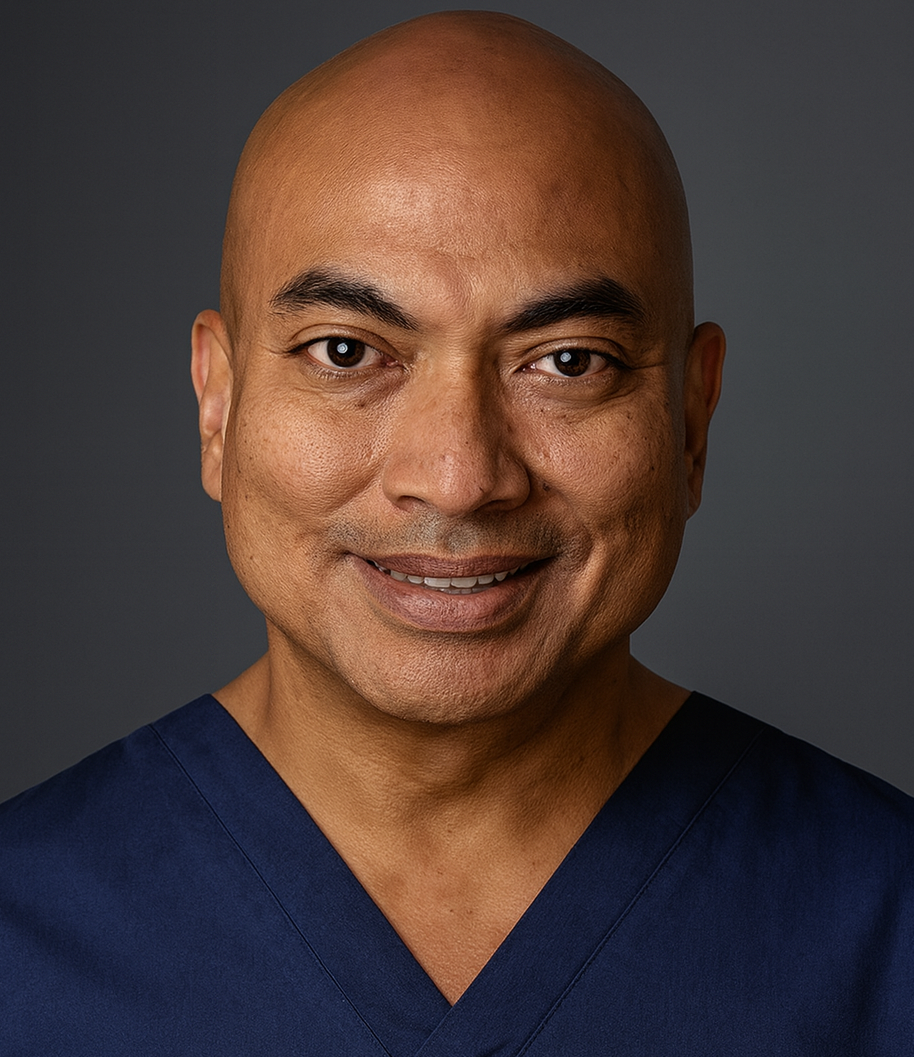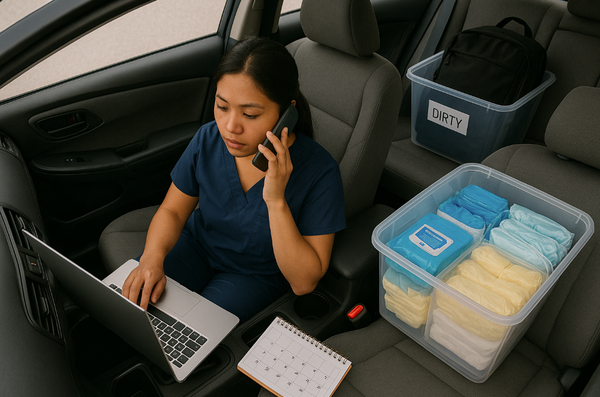The Home Health Caseload Crisis: When Politics Trump Patient Safety





We fought tooth and nail for ICU nurse-to-patient ratios because we knew that one overwhelmed nurse couldn't safely monitor two critical patients, let alone three or four. The evidence was clear: more patients meant more mistakes, more complications, more deaths. California mandated ratios in 2004. Other states followed. Hospitals complained about costs, but patients lived.
Now, twenty years later, we're watching the same preventable crisis unfold in home health care- except this time, we're looking the other way.
Home health case managers are drowning under caseloads of 30+ patients. These aren't stable, monitored hospital patients. They're complex, high-risk individuals managing multiple chronic conditions, often with limited family support and challenging social circumstances. Yet somehow, healthcare administrators have convinced themselves that one RN can effectively oversee thirty of these patients while maintaining quality care.
Consider what a case manager actually does: clinical assessments, care plan development, provider coordination, family education, medication reconciliation, crisis intervention, and mountains of documentation. For thirty patients. With drive times between visits that can end up forcing you to chart on weekends, especially in Southern California traffic.
But the real kicker? Agencies aren't even distributing these impossible workloads fairly.
Workplace toxicity still exists across the country. Case managers who've fallen out of favor with their supervisors- and it's often the most experienced nurses who advocate for patients or question clinic practices who find themselves assigned the sickest, most complex patients. Multiple admissions, frequent hospitalizations, difficult family dynamics, and end-stage disease processes. All piled onto their already maxed-out caseloads.
Meanwhile, the nurses who seem to keep quiet, but are in really good with the manager, get the "easy peasies": stable diabetics, routine wound care, straightforward medication management, ample family support, patients that can manage their own care, and really have no business needing an RN case manager. The assignments every case manager would dream about having, the ones that seem to good to be true- those assignments never make it to your panel- they magically appear on the other nurses' panels- the one's who have proved to be loyal to the manager in some way, shape, or form.
This is the unfair that can't be fought. The nurses managing the highest-acuity patients are the ones most likely to burn out, make errors, or miss critical changes in patient status. They're set up to fail, and when they do, the nurse gets blamed and patients pay the price.
We know what happens when nurses are overwhelmed. The research from hospitals showed us decades ago: higher patient loads correlate directly with increased mortality, longer lengths of stay, higher infection rates, and more medication errors. There's no magical difference in home health that makes these realities disappear.
But in home health, adverse events are harder to track. When a hospitalized patient deteriorates under an overwhelmed nurse's care, it's immediate and visible. When a home health patient's condition declines because their case manager missed subtle signs during a rushed visit, there may be a latency before symptoms emerge.
Families will bring their loved ones to the ER or call 911. And it’s through the complexities of an emergency room visit with a subsequent hospital stay that the connection between inadequate oversight gets lost. They might have physical rehab at a skilled nursing facility before being discharged home, ironically, to the same environment that put them in the hospital in the first place. Then the focus becomes 'what can we do better next time around'. That is, if there is a next time.
This diffusion of accountability is exactly what allows the current system to persist. Home health administrators avoid implementing acuity-based staffing because the status quo is simpler and cheaper - at least in the short term. Why deal with complex scheduling algorithms when you can just assign 30 patients per nurse and let turnover be someone else's problem?
The message to staff is clear: take your 30 patients or find another job. It's a strategy that works until it doesn't.
Healthcare executives love to frame staffing as a cost issue, but they're calculating it all wrong. The real costs of unsustainable caseloads aren't in payroll- they're in turnover, overtime, liability, and regulatory penalties.
Experienced case managers are leaving the home health sector in droves. The ones staying are burning out, calling in sick, or quietly doing the minimum to avoid termination. Agencies are spending fortunes on recruitment, onboarding, and covering shifts with expensive contract nurses. Patient satisfaction scores are dropping, readmission rates are climbing, and some nurses are not just leaving home health—they’re leaving the nursing profession altogether.
Meanwhile, the nurses getting crushed under impossible workloads aren't just suffering- they're creating legal liability. When a case manager with even 25+ complex patients misses a critical assessment or fails to coordinate care appropriately, who do you think they’ll blame? And think about this. One wrongful death lawsuit costs more than the salary of three additional RNs.
Other healthcare systems have solved this problem. Alberta Health Services developed the Caseload Intensity Tool specifically to match case manager workloads to actual patient complexity. The tool exists to objectively measure patient acuity, geographic challenges, and care requirements.
Acuity-based staffing tools can measure:
This isn't rocket science. It's basic workforce management applied to healthcare delivery.
But what we're really discussing here is: are we going to wait for people to die before we act?
Because that's what happened in hospitals before mandatory ratios. Preventable deaths piled up until the evidence became undeniable. It ended up being legal pressure and public outrage that finally forced a change.
Home health is heading down the same path, except the deaths will be slower, quieter, and easier to explain away. The 85-year-old with heart failure who didn't get the education she needed about fluid management. The post-surgical patient whose infection wasn't caught early enough. The diabetic whose medication adjustments were delayed because their case manager was covering for two colleagues who somehow were able to schedule synchronized vacation times.
These aren't hypothetical scenarios. They're happening right now, in agencies across the country, to patients whose families trust that their loved ones are receiving appropriate professional oversight.
We don't need more studies. We don't need pilot programs. We need healthcare leaders with the courage to acknowledge that current staffing practices are unsafe and unsustainable.
Every day we delay action is another day we're gambling with patient lives. Every case manager we burn out is years of experience and expertise walking out the door. Every family that loses trust in home health care is a community that suffers.
The home health industry can lead on this issue, or it can wait for external pressure to force change. The agencies that are proactive on this matter will have competitive advantages: better staff retention, higher patient satisfaction, improved outcomes, and reduced liability. The ones that wait will find themselves playing catch-up in a crisis of their own making.
The math is simple: Either you standardize acuity-based nursing workloads now, or you'll keep bleeding experienced staff to competitors who already have. Your choice is between proactive investment in retention or reactive spending on constant recruiting, training, and damage control.
The facilities that figure this out first will have the competitive advantage. The ones that don't will keep wondering why their best people keep leaving.